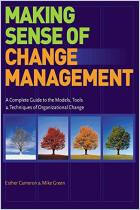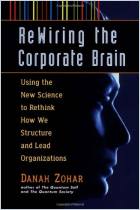
Complexity and Creativity in Organizations
Read or listen offline
Amazon KindleRecommendation
Organizations are adaptive structures that respond creatively to changing circumstances. This responsive evolution takes place on an official, surface level, and also on a deeper, personal level composed of interactions between people. So says Ralph D. Stacey, who combines insights from psychoanalysis, behavioral research, the new science of complexity and other disciplines to suggest ways for your organization to become better at learning and adapting. While the basic concepts of complexity theory presented in this book are steadily gaining popularity, the actual complexity of the book’s content might make it difficult for non-experts to follow. Although the book’s tight organization keeps chaos at bay, some of the language might leave you at "the edge of disintegration." Nevertheless, getabstract strongly recommends this book to executives and managers looking to build a theoretical foundation for their organizational approach, in addition to the many academics who will appreciate its systematic explanation of the organizational consequences of systems thinking.
Summary
About the Author
Ralph Stacey is a professor of management and director of the Complexity and Management Center at the Business School of the University Hertfordshire. He is also a visiting lecturer at universities in Sweden and the Netherlands, and a visiting professor at the University of Malta. He is an active consultant to major companies and the author of several books on management and organization, including Dynamic Strategic Management, Chaos Frontier, Managing Chaos, Managing the Unknowable and Strategic Management and Organizational Dynamics.























Comment on this summary or Comenzar discusión